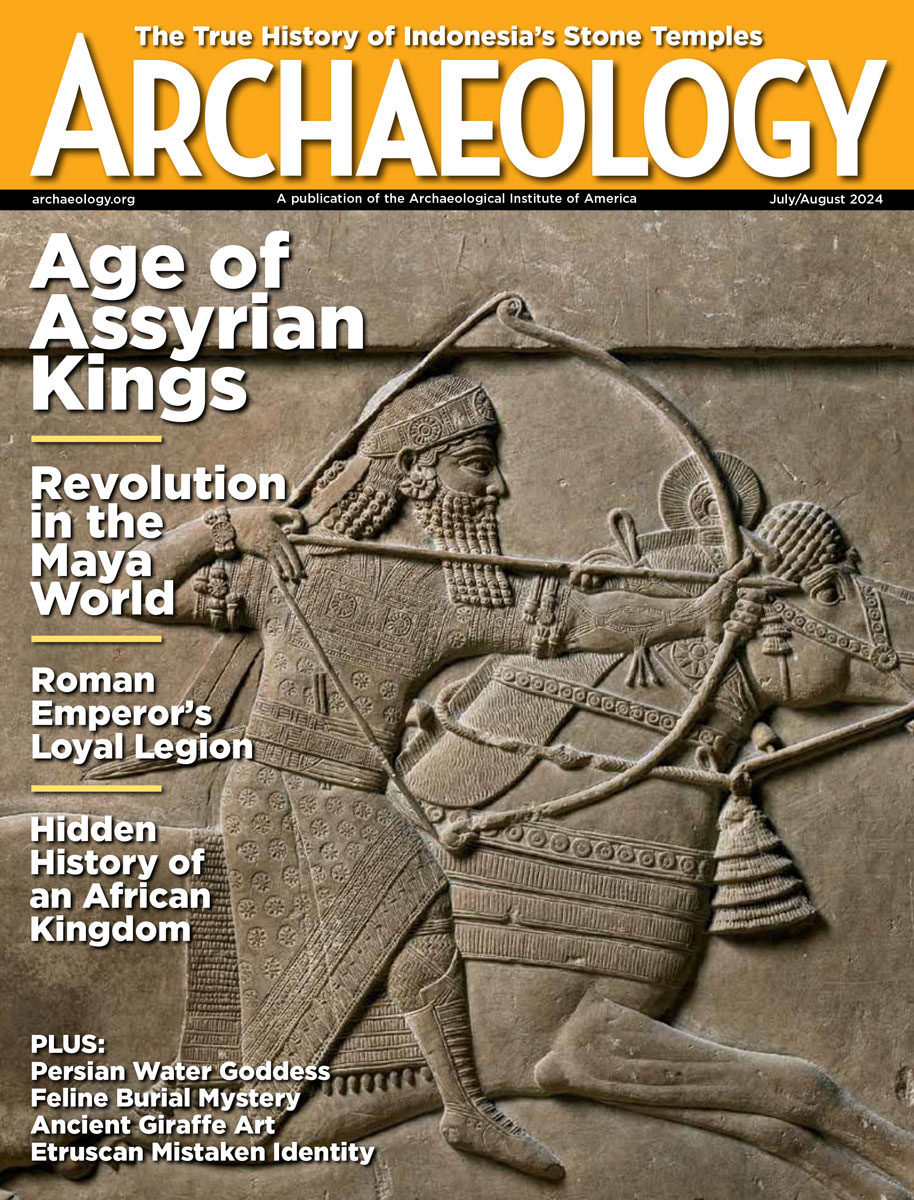Wednesday, February 18
February 18, 2009
Levee work at Oakville, Iowa, has prompted excavation of a 1,700-year-old village site near the confluence of the Iowa and Cedar rivers. “They ate a huge number of fish, and we also found turtle and deer bones,†says archaeologist Dave Benn.
A summary of why archaeologist Chris Stevenson believes the eco-collapse on Easter Island wasn’t as simple as chopping down all the trees.
More than 40 years after the first discoveries at Little Salt Spring, archaeologists are still recovering artifacts from the site, a flooded sinkhole south of Sarasota.
A study led by the U.S. Geological Survey shows that Alaskan coastal erosion along a 40-mile stretch of the Beaufort Sea more than doubled in the 5-year period ending in 2007, with cultural and historical sites lost as a result.
The Culture Ministry and the Ministry of State for Tourism and Antiquities are at loggerheads over the reopening of Iraq’s National Museum.
- Comments Off on Wednesday, February 18
Thursday, February 17
February 17, 2009
China wants two sculptures–bronze rabbit and rat heads–that were among 12 animal head sculptures that were looted when the Old Summer Palace of Emperor Qianlong (1736-1795) was burned down by Anglo-French allied forces in 1860. The heads are due to be auctioned at Christie’s in Paris.
Meanwhile, Beijing will lend 29 Qing Dynasty artifacts to Taiwan’s National Palace Museum for a joint exhibit this fall, the first major cultural exchange since the Chinese civil war six decades ago.
According to AP: “Mexico has denied a U.S. sea salvage company’s request to explore and recover artifacts from a sunken 17th-century Spanish galleon in the Gulf, the government said Monday.” The article identifies the ship as Our Lady of Juncal, a galleon that sank in a storm in 1631, and the company as Odyssey Marine Exploration Inc. of Tampa, Florida.
Principal Chief Michell Hicks of the Eastern Band of Cherokee Indians is not happy about plans to expand the Macon County Airport’s runway through an ancient site. An archaeologist who worked at the site in 2000 describes it as “perhaps the most significant Native American site that will be found in the region in our lifetimes.”
This opinion piece links colliding submarines and satellites with middens and Bryan Ward-Perkins’ The Fall of Rome and the End of Civilization (Oxford University Press, 2005).
A follow-up story on the report that many of the UK’s ancient and historic sites are under threat
from illegal metal detector users.
“Fort Madison is probably the most historically significant site in Iowa,” says University of Iowa professor and state archaeologist Bill Whittaker. This is a brief note about the celebration of the bicentennial anniversary of the start of construction of the original fort.
- Comments Off on Thursday, February 17









